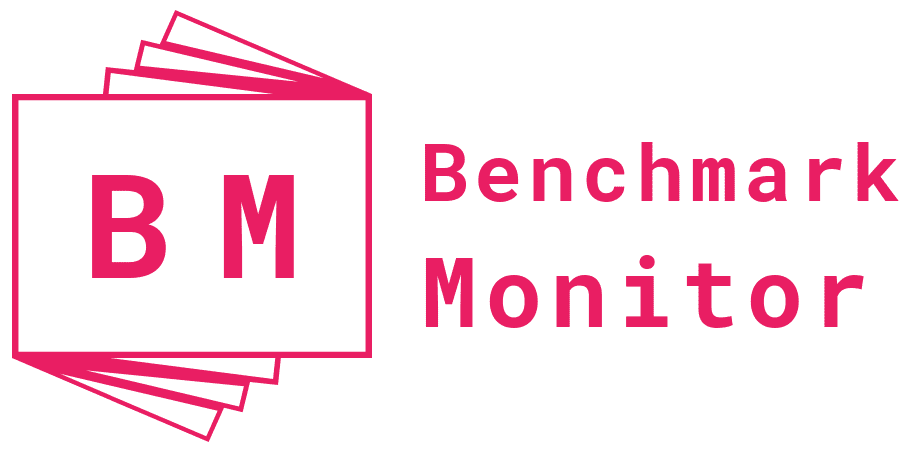In Singapore, listed options are governed by the Securities and Futures Act (SFA). The SFA provides a framework for the issuance, trading and settlement of all financial instruments conducted in or from within Singapore.
An option is a contract between two parties, where one has the right to buy an agreed quantity of a security at a preset price on or before a specific date. In exchange for this right, the other party will be obliged to sell if the first buyer decides to execute their purchase under specified conditions. This is known as a call option. If it’s a put option, then it is just reversed – where one party must buy, and another has the right to sell.
What is a listed option?
Table of Contents
A listed option is created when an issuer lists a call or put option on a recognised exchange. The SFA provides that options can be listed if certain conditions are satisfied. For example, the issuer must have approved financial statements for two immediately preceding financial years, and at least half of its directors should be Singapore citizens.
The issuer must appoint a licensed corporation as the listing corporation to manage its affairs relating to the listing. Under Section 110(1) of the SFA, it is also required to have adequate liquid assets in Singapore to pay claims against it. It must be able to pay any amount which might reasonably be expected if there were any winding-up of the issuer within twelve months from the date of its last audited balance sheet (if any), and such further periods as may be prescribed.
The issuer must also appoint a qualified corporation or individual to maintain accountability for all assets and records relating to the issued options. This is known as the custodian. The issuer of the listed option may appoint a single person to act as both its listing corporation and custodian unless it has been exempted from this requirement by the Monetary Authority of Singapore (MAS). [Remove sentence if not relevant]
For investors to trade the options on an exchange, certain information about the issuer must be publicly disclosed. These include financial statements, directors’ names and backgrounds, significant shareholders, directors’ remuneration, etc., governed under SFA’s Disclosure Guidelines. For example, within 21 days after each annual general meeting (AGM), the issuer must make available to shareholders and other interested parties annual financial statements and directors’ reports, as well as notice of AGM.
Two main types of listed options in Singapore
There are two main types of listed options in Singapore; certified options and over-the-counter options (OTC), transacted through any recognised market operator accredited under the SFA.
Certified options
Certified options are exchange-traded contracts that have been conducted between two institutions for a particular type of security under terms agreed upon by both parties. The transaction details are then sent to SGX, where it is registered by SGXNET, an electronic securities trading system managed by SGX. It must also be reported to the Monetary Authority of Singapore (MAS) within two days after the trade has been completed.
For listed options, both buyer and seller must hold a regulated brokerage account with SGX-authorised brokers. This is because the settlement of trades is conducted through MAS’s Central Depository System or its nominee at zero value, so both parties’ cash accounts are credited with the net difference in value on an ex-dividend date basis.
Over the counter options (OTC)
In contrast, OTC options are traded directly between buyer and seller through a recognised market operator. In general, there is no fixed settlement date as it depends on the terms agreed by both parties.
The value of traded OTC options is measured similarly to stocks based on their last traded price. Traders should note that OTC options are usually created under a contract note rather than entered directly into the trades system like certified options.
Summary
If you are a new investor interested in the singapore options trading market, we recommend you contact a reputable online broker from Saxo Bank and trade on a demo account.

